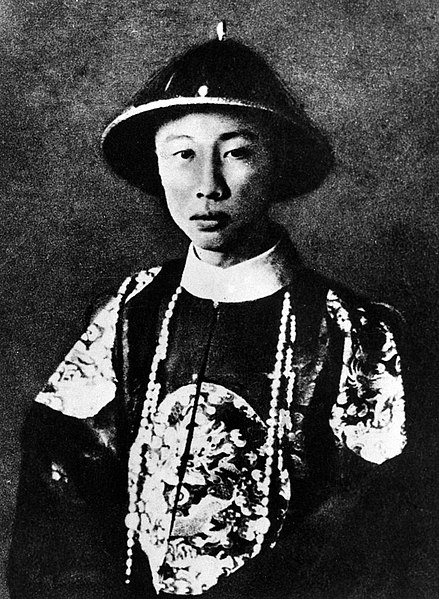The Qin dynasty was the first dynasty of Imperial China. It is named for its progenitor state of Qin, which was a fief of the confederal Zhou dynasty which had endured for over five centuries—until 221 BC, when it assumed an imperial prerogative following its complete conquest of its rival states, a state of affairs that lasted until its collapse in 206 BC. It was formally established after the conquests in 221 BC, when Ying Zheng, who had become king of the Qin state in 246, declared himself to be "Shi Huangdi", the first emperor.
Territory controlled by the Qin dynasty c. 210 BC
Stone rubbing of a Han dynasty carved relief depicting Jing Ke's assassination attempt on Qin Shi Huang (right) holding an imperial jade disc. Jing Ke (left) is held by a court physician (background). The dagger is stuck in the pillar. A soldier (far right) rushes to save his emperor.
Excavation of the western platform
A gate of the Palace
For most of its history, China was organized into various dynastic states under the rule of hereditary monarchs. Beginning with the establishment of dynastic rule by Yu the Great c. 2070 BC, and ending with the abdication of the Xuantong Emperor in AD 1912, Chinese historiography came to organize itself around the succession of monarchical dynasties. Besides those established by the dominant Han ethnic group or its spiritual Huaxia predecessors, dynasties throughout Chinese history were also founded by non-Han peoples.
A depiction of Yu, the initiator of dynastic rule in China, by the Southern Song court painter Ma Lin.
A photograph of the Xuantong Emperor, widely considered to be the last legitimate monarch of China, taken in AD 1922.
Image: Han Guangwu Di
Image: Liu Bei Tang








